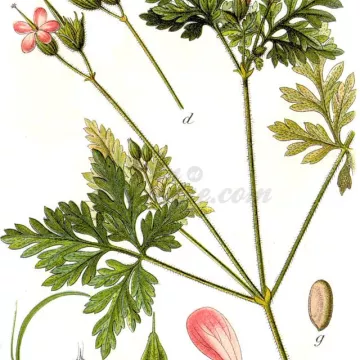Soin-et-nature respects your privacy Our site uses cookies to ensure that it functions properly and to optimise technical performance. For more information information and/or to change your preferences, click on the "Settings" button.

What are the different types of wound?
Wounds can be classified into several categories, depending on their origin and nature. A distinction is made between acute wounds, which result from a sudden injury to the skin, and chronic wounds, which persist over a long period despite treatment. Among the most common types of acute wounds are cuts, scrapes and burns. Chronic wounds include pressure ulcers, venous ulcers and diabetic ulcers.
How should a simple wound be treated at home?
To treat a simple wound at home, it's essential to follow several critical steps. Firstly, the wound needs to be cleansed with lukewarm water or saline to remove any impurities and prevent infection. Applying a mild antiseptic can also help to disinfect the area. After cleansing, gently dry the wound with a sterile compress before applying a suitable dressing to promote protection and healing.
What are the signs of wound infection?
Signs of woundinfection include redness around the wound, increased local heat, swelling, and the presence of pus or a foul-smelling discharge. Pain may also intensify, and the area around the wound may become very sensitive to touch. If you notice these symptoms, it's crucial to consult a healthcare professional.
How can I promote optimal wound healing?
To promote optimal healing, we recommend keeping the wound clean and protected from external aggressors. Ensuring good hydration and eating a diet rich in proteins, vitamins and minerals are key factors. Avoiding tobacco and reducing alcohol consumption can also speed up the healing process. What's more, specific dressings enriched with agents that promote skin regeneration can be used on the advice of a healthcare professional.
When should I consult a doctor about a wound?
You should consult a doctor if the wound is deep or large, if it continues to bleed despite first aid treatment, or if it shows signs of infection as described above. Wounds caused by a potentially contaminated animal or object also require prompt medical attention to prevent the risk of tetanus or other serious infections.
What types of dressing should be used for different types of wound?
The choice of dressing is crucial, and must be adapted to the type of wound. For exudative wounds, an absorbent dressing is recommended to manage moisture while allowing the wound to breathe. Hydrocolloid or alginate dressings can be used for wounds with fluid loss. For dry wounds or burns, hydrogel dressings help maintain a moist environment conducive to healing. As each situation requires a specific approach, it is often advisable to seek the advice of a healthcare professional to make the right choice.
How important is nutrition in the wound healing process?
Nutrition plays a key role in the wound healing process. A balanced diet rich in protein, vitamin C, vitamin A, zinc and iron is essential to support tissue repair. Protein is particularly important, as it helps rebuild damaged tissue. Nutritional deficiencies can slow down the healing process and increase the risk of infection. It is often advisable to consult a nutritionist to adapt the diet to the specific needs associated with wound management.
How does wound care differ between children and adults?
Wound care in children requires special attention because their skin is thinner and they may have difficulty expressing discomfort. Dressings should be chosen for their softness and ability not to adhere to the wound, to minimize pain during dressing changes. In addition, the psychological approach must be adapted to reassure and distract the child during care. In adults, care can be more direct, but always with attention to the specific conditions of the skin and the general health of the individual.
What technological innovations are currently influencing wound care?
Technological innovations in wound care include the development of smart dressings capable of releasing drugs directly onto the wound or monitoring moisture levels to adjust their response. Negative pressure therapy is another major advance, used to treat deep or infected wounds by encouraging the formation of granulated tissue. In addition, tissue bioengineering techniques and the use of artificial skin are beginning to be used to treat chronic or complex wounds.
How can we manage wounds in moist environments, such as swimming pools or baths?
Managing wounds in moist environments requires specific precautions to avoid infection. It's advisable to use watertight dressings that protect the wound from water, while allowing normal swimming or showering. It is important to change the dressing immediately after exposure to water, to ensure that the wound remains dry and clean. In the case of open wounds, it's best to limit exposure to moist environments until healing is sufficiently advanced to prevent any risk of infection.